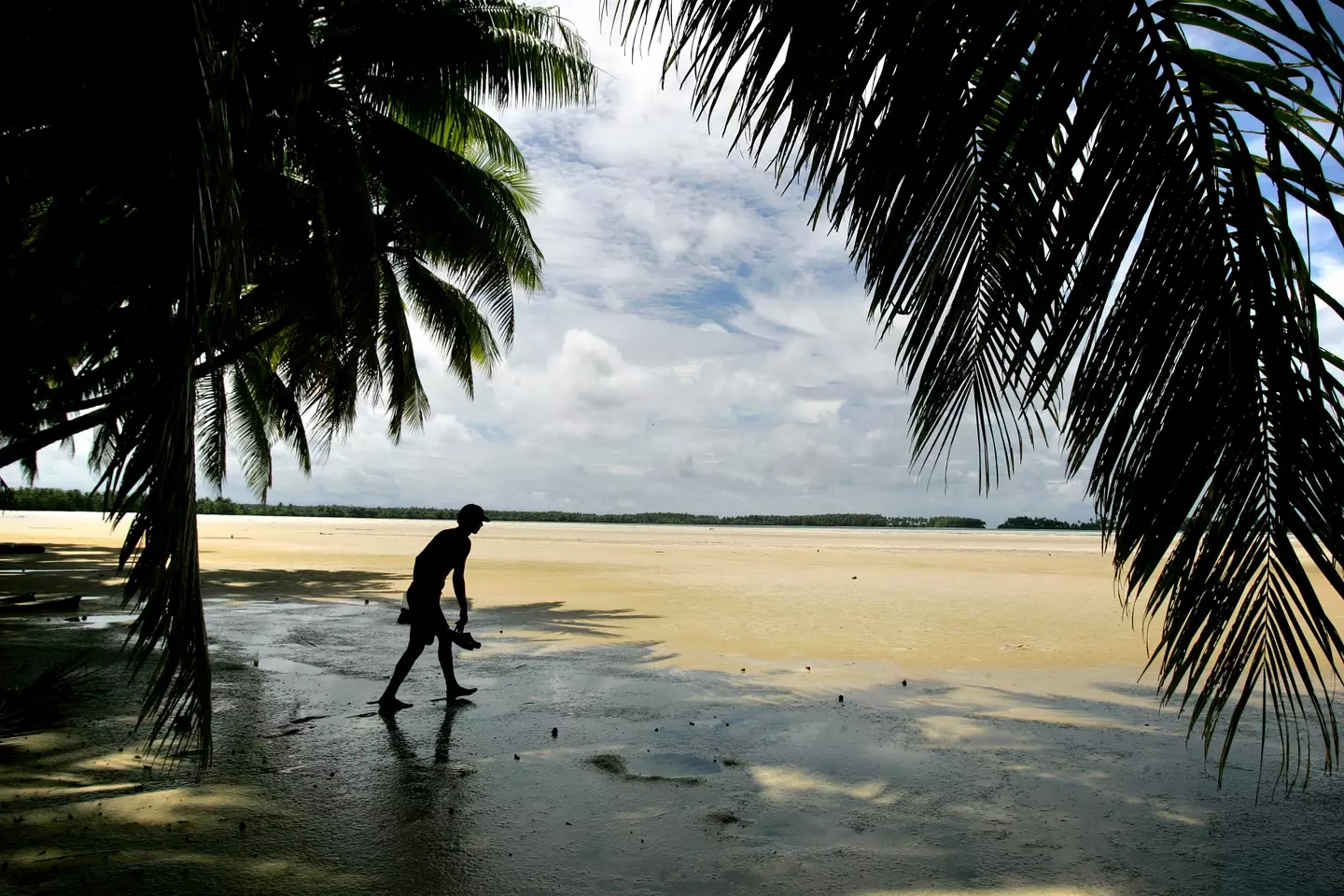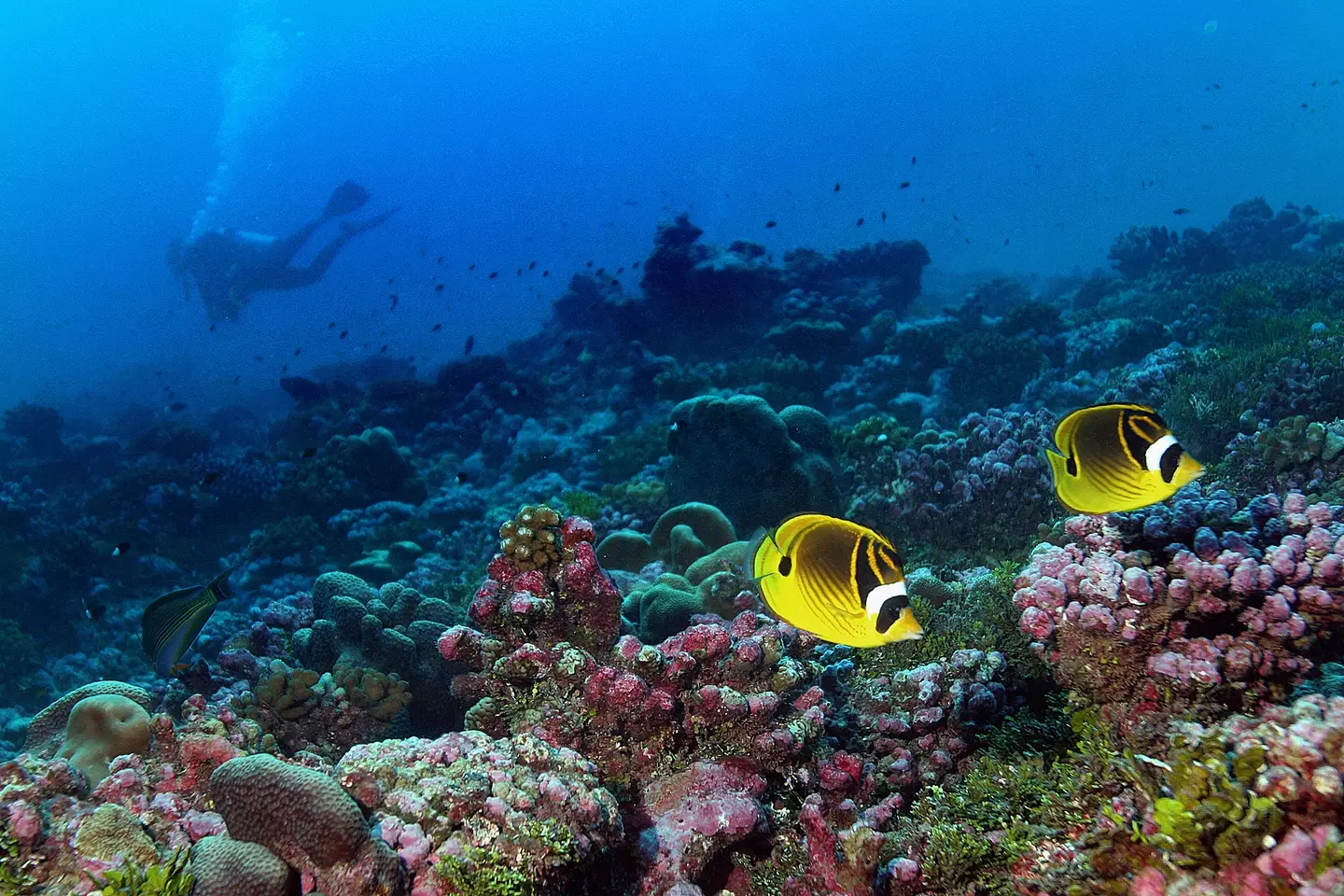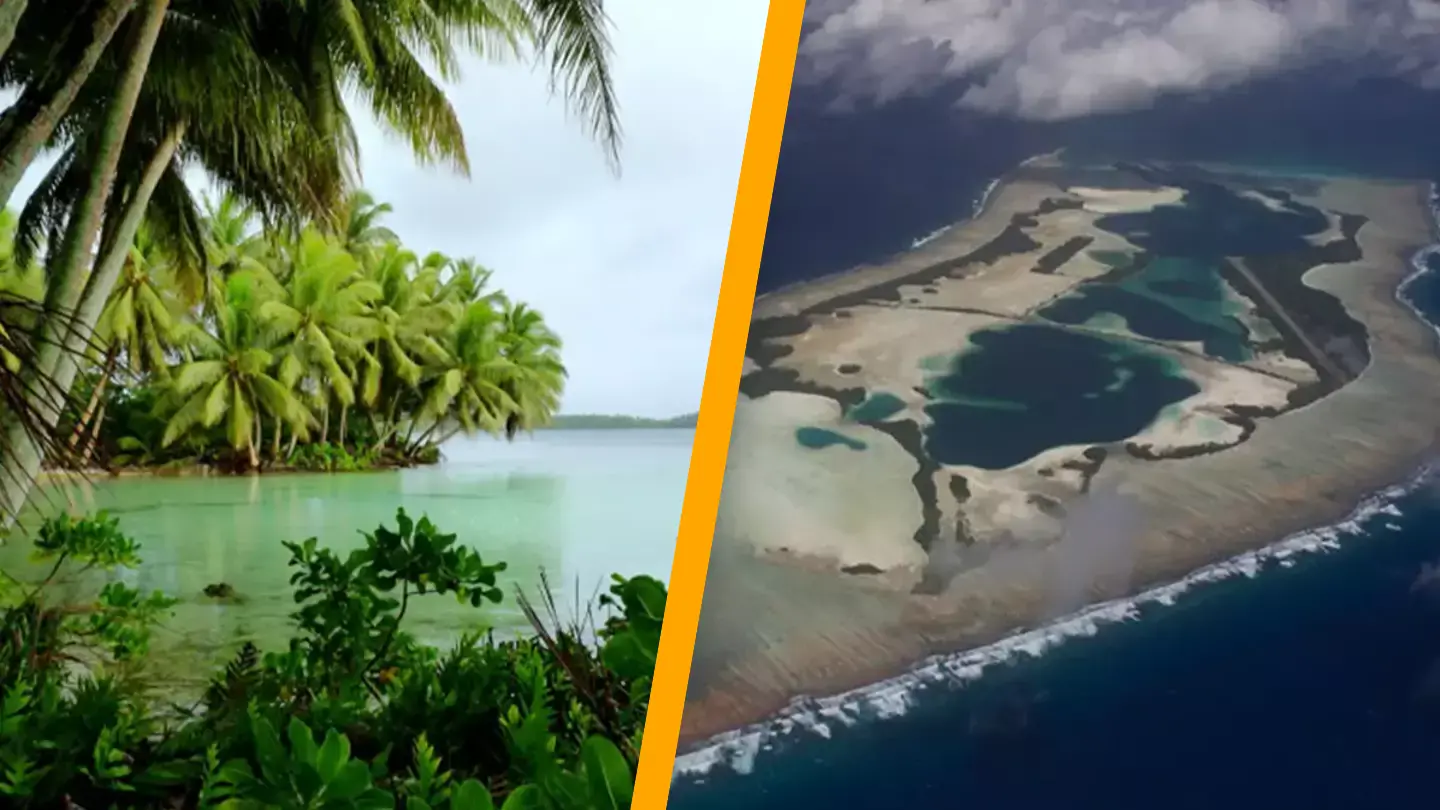Though Palmyra Island is the priciest island globally, it is a hub for scientific research, lacks permanent inhabitants, and is steeped in ghostly lore.
Spending $30 million on an island only to leave it uninhabited might seem baffling. While many would pay handsomely for solitude, that price tag raises eyebrows.
Yet, there’s a rationale behind Palmyra Island’s desolation, and it’s not solely due to its eerie history.

Known as Palmyra Atoll, this island, ‘lies 352 nautical miles north of the equator, about 120 miles northwestward of Washington Island, 200 miles northwest of Fanning Island, 33 miles southeastward of Kingman Reef and 960 miles south by west of Honolulu’.
Formerly a US military base during World War Two, the island suffered significant pollution. After its ecological recovery, The Nature Conservancy purchased it from the Fullard-Leos Family for a staggering $30 million in 2000.
Today, the island thrives with natural life, though it remains devoid of a permanent population. Researchers visit intermittently to study its ecosystem, with occasional tourists stopping by.
Palmyra plays a crucial role in ecological research, particularly in understanding ecosystem recovery and climate change. Despite its scientific contributions, the island is enveloped in chilling historical narratives.

Given its high price and lack of inhabitants, it’s no wonder Palmyra has its ghost stories.
Author Curt Rowlett explores the ‘Palmyra Curse’ in his Rowlett Report, referring to a ‘supernatural pattern of disaster and near-disaster associated with’ the island.
Drawing from yachtsmen’s accounts, Rowlett describes the ‘foreboding feeling’ and ‘threatening’ aura perceived by visitors.
Discovered accidentally in 1798 by American sea captain Edmond Fanning, the island’s lore begins with Fanning reportedly waking on deck, attributing his presence there to a ‘supernatural intervention.’
In 1816, a Spanish pirate ship clashed with another vessel, leading to its wreckage near Palmyra. Survivors allegedly buried treasure on the island, though no riches have ever been found. Attempts to find help resulted in all perishing.
The island’s sinister reputation includes reported murders, such as the 1974 slaying of a sailing couple. Their skeletal remains showed one was likely ‘shot or bludgeoned to death,’ with the body ‘dismembered’ and ‘burned.’
Accounts of people hearing ‘singing hippies’ and sensing psychic energies emanating from Palmyra further contribute to its haunted image, reinforcing why it remains uninhabited.

